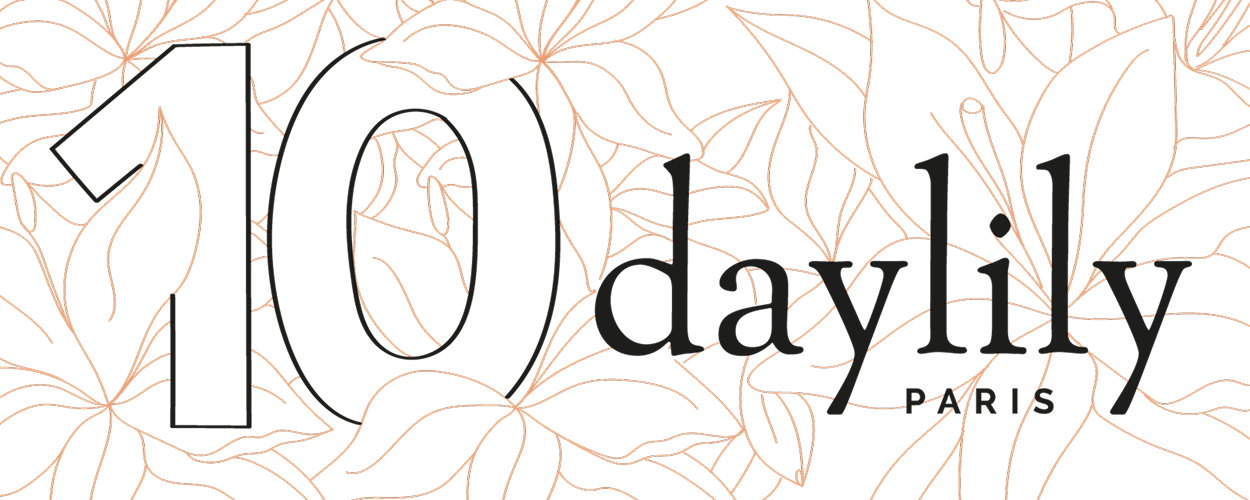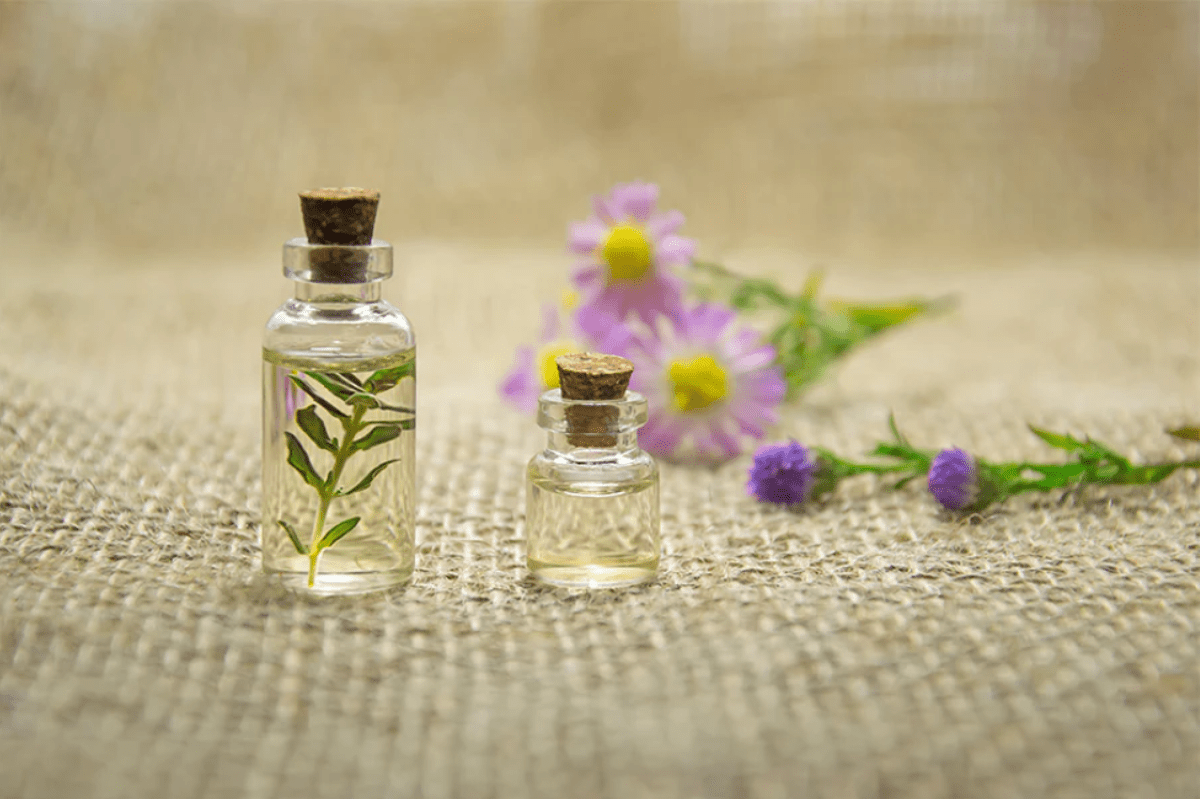- Endocrine disruptors
- Essential oils
- Some sun filters
- Mineral oils
- Alcohols
- Formaldehyde and formaldehyde releasers
- Sodium laureth and Lauryl sulfate
- Thiazolinones
- Allergens
- Ingredients in all European cosmetics
Let's get down to business, here is the list that we tried to be as exhaustive as possible:
Endocrine disruptors
In the spotlight since the 1990s, this is the category of ingredients we hear about the most with, for example, Bisphenol A, now banned. There are also parabens, phthalates, triclosan or phenoxyethanol.
According to the WHO (World Health Organization), endocrine disruptors are chemical substances that are likely to disrupt our endocrine system. However, our health depends on its proper functioning. This system regulates the secretion of hormones in our body. They are essential at many levels: metabolism, growth, development, mood, etc. Endocrine disruptors can disrupt one or more functions of the endocrine system and thus increase the risk of health problems occurring.
Even more than at any other stage of life, pregnancy is governed by the secretion of hormones in women including estrogens and progesterone as well as hormones specific to pregnancy called "pregnancy hormones" such as HCG. The hormonal system plays a fundamental role in the smooth running of a pregnancy because our body releases these hormones at specific times. Their role is decisive both for the implantation of the embryo and for the proper development of the fetus or even for the triggering of milk production after childbirth, etc.
The risks associated with exposure to endocrine disruptors during pregnancy can be multiple. Babies may have lower or higher than average weight and/or head circumference, as well as genital malformations . There is also a significant increase in diseases such as autism, diabetes, obesity and the appearance of more and more cases of early puberty. Be careful, however, not to take shortcuts because endocrine disruptors are not necessarily the only ones responsible for these diseases. However, more and more scientists agree that they may play a role in the increase in these diseases. Science does not yet have all the answers on this subject. Causes and effects are difficult to determine, which is why scientists recommend more studies on this point.
To recap, the main cosmetic ingredients known to be classified as endocrine disruptors are:
- Parabens: allergenic, they also interfere with estrogens, female hormones playing a key role in pregnancy. Some are suspected of being carcinogenic and dangerous for the developing fetus. “Their presence is mentioned either directly by their code name (E214 to E217), or by the suffix “-paraben”, of the ethyl-paraben type. “Propyl-paraben is considered to be the one to be most wary of, also watch out for butyl-paraben” (excerpt from the book The Anti-Toxic Guide to Pregnancy)
- Phthalates: on the label it is the term Diethyl Phthalate that should be noted. They can affect sexual development in men and also affect the phenomenon of early puberty in women. They are known to be toxic for reproduction.
- Glycol ethers: on the label: phenoxyethanol, 2-phenoxyethanol (EGphE), phenoxytol. For the moment, phenoxyethanol is not officially classified as an endocrine disruptor but it is strongly recommended to avoid it in your pregnancy cream as well as in baby products. In addition to being allergenic, it presents carcinogenic risks, fertility risks for humans and toxicity for the fetus (harmful to the baby's blood and liver).
- Triclosan : on the label, it's the same word. It also interferes with estrogen and other hormones.
- BHA: indicated on the label: Butyl hydroxyanisole BHA. This can be carcinogenic and once again interferes with estrogen.
- BHT: indicated on the label: B utylhydroxytoluene (BHT). Its toxicity and estrogenic activity are of concern and call for caution. It can also cause allergic reactions.
- Alkylphenols: search for the term nonylphenol and any name made from Nonoxynol. The latter has proven hormonal activity (estrogens) and can cause DNA damage.
- And also: benzophenone, oxybenzone, 4-methylbenzylidene camphor, resorcinol, cyclopentasiloxane, buthylphenyl methylpropional.

Essential oils
A large majority of essential oils are prohibited during pregnancy.
In general and following a precautionary principle, the use of essential oils should be avoided at least for the first 3 months .
Throughout pregnancy and breastfeeding, if you wish to use essential oils, it is imperative to ask a doctor or pharmacist specializing in essential oils and to respect the prescribed doses.
For information, essential oils based on ketones are prohibited in pregnant women because they can cause abortion (being potentially neurotoxic). Among the other essential oils to ban: those which have an action on the hormonal system.
Additionally, it is recommended not to use essential oils orally or apply them to the stomach or chest. On the other hand, vegetable oils are welcome, for example avocado oil, macadamia oil, rosehip oil, etc.
Recognized for their many virtues, these vegetable oils are present in our various treatments. For example, you will find olive oil and avocado oil in La Pause Douceur, our soothing fabric mask for the stomach. It instantly relieves tightness and itching and acts as a hydration booster .

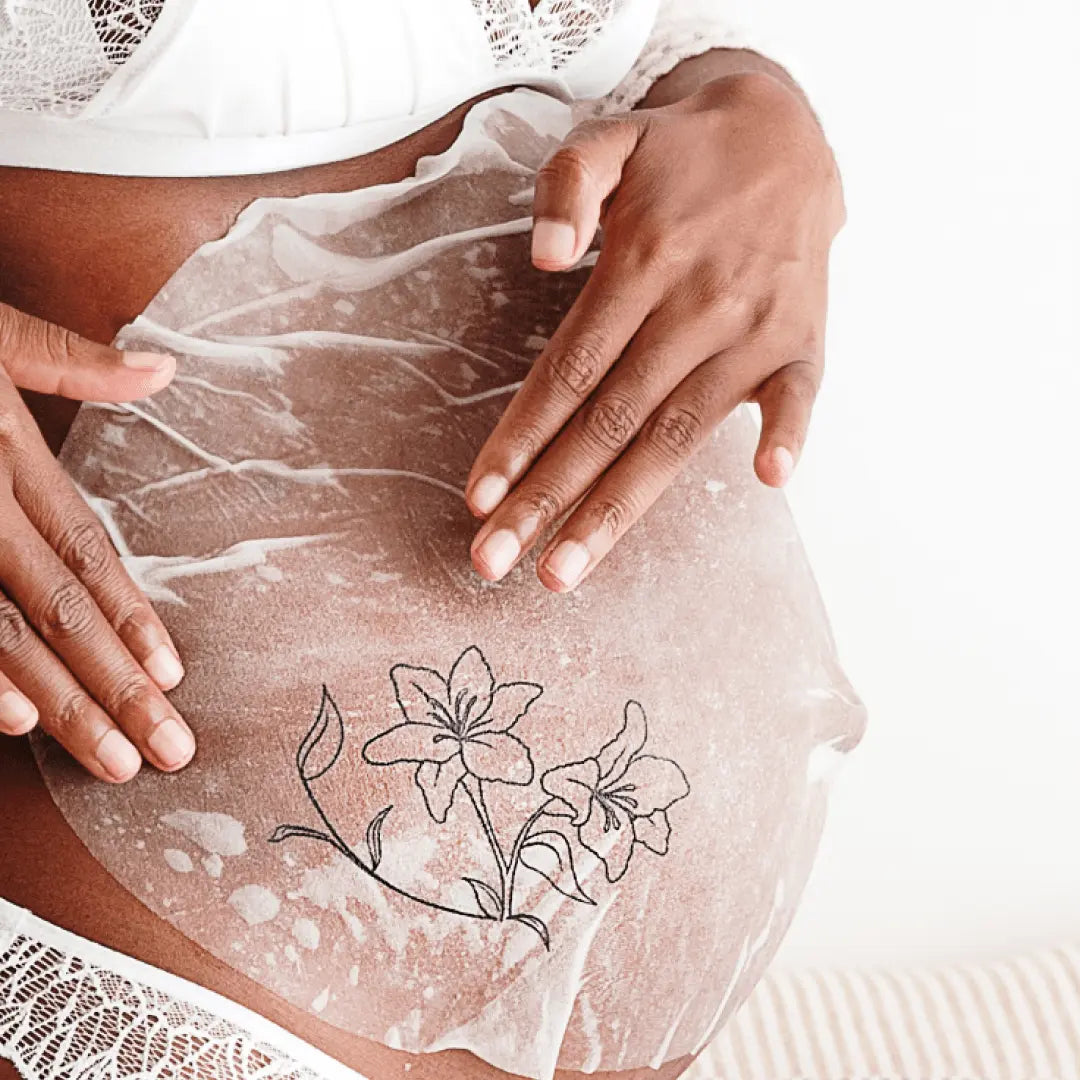
- Regular price
-
14,90 € - Regular price
-
- Sale price
-
14,90 €
Some sun filters
Solar filters are a tricky subject. First of all, there are many sunscreens that are not recommended during pregnancy or breastfeeding because they are endocrine disruptors whose effects we have already discussed above. Others are allergens, also to be avoided.
The main sunscreens to identify on the label and to ban are: Benzophenone-3 (oxybenzone), Homosalate (HMS) 4MBC, Octylmethoxycinnamate (OMC), octyl-dymethylPABA (OD-PABA).
Furthermore, there are very few natural sunscreens suitable for pregnant women because most sunscreens are in the nanoparticle state. However, nanoparticles are not recommended during pregnancy or breastfeeding. It is generally written “nano” on the INCI list next to the ingredient concerned but be careful because this is not always the case. Some sunscreens are indeed in nanoparticle form but this is not mentioned.
Nanoparticles pose several dangers. Silicon dioxide and zinc nanoparticles can cause dryness and roughness of the skin. Titanium nanoparticles can alter the blood-brain barrier (essential for protecting the brain). Nanoparticles can also affect the activity of a protein responsible for eliminating toxic substances in vital organs. Their very small size (hence their name nanoparticles) means that they can pass through the barriers of the skin or organs and we do not yet know what effect this could have in the long term.
You will say to me “why not offer these solar filters without being in the nanoparticle state? ". Quite simply, because it completely changes the texture of the product! Nanoparticles help avoid the “plaster effect” upon application, you know those big white marks that leave a mask on your face.
This is what we find in certain sunglasses for babies or children which do not contain nanoparticles. As much as the baby is not too concerned about this white film, you risk getting noticed on the beach or while taking a walk.
This is why the Daylily Paris La Crème Radieuse SPF50+ is a real innovation since with the right dosage of natural sun filters without nanoparticles and synthetic sun filters suitable for pregnancy (without endocrine disruptors, etc.), we have created a sunscreen with high protection which is both pleasant to use since it does not leave a white film, and it can be used safely from the 1st month of pregnancy and even after, during breastfeeding, for protection optimal against the pregnancy mask . It is also a 2-in-1 since it serves as a day cream with moisturizing, anti-oxidant and anti-pollution actions. You can use it every morning to moisturize and protect your skin.

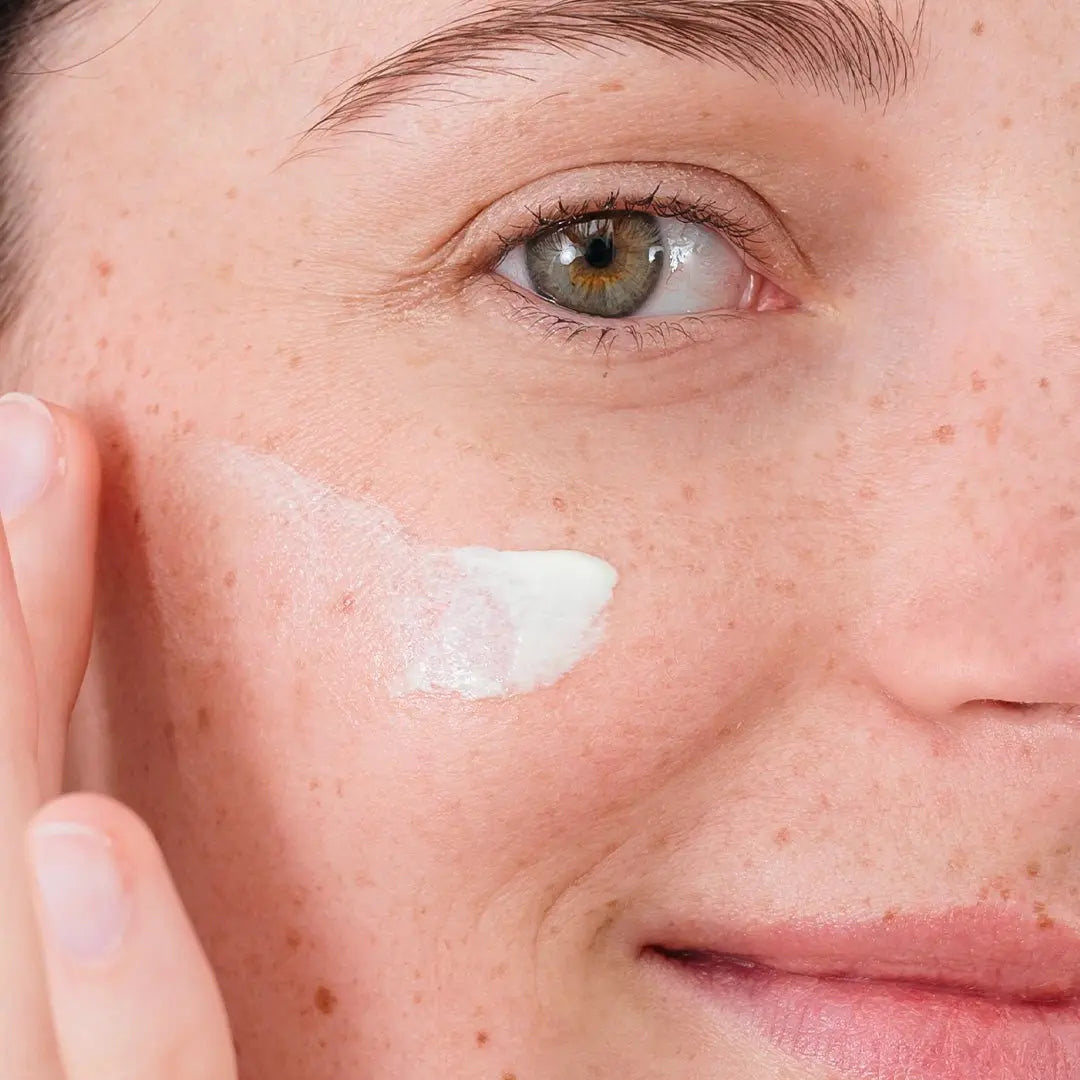
Mineral oils
They are widely used in cosmetics and come from petroleum refining . Yes, you read correctly, oil!! Mmmhh that makes me want…
They are very inexpensive, hence their massive use, but very bad for the environment .
They cannot be metabolized by the body and prevent the skin from “breathing”. They create an occlusive film on the skin and therefore tend to clog pores. This can lead to the appearance of pimples and comedones... already with pregnancy, you can be more prone to acne, so we're not going to add another layer, are we?
On the label, to avoid in your pregnancy cream: Paraffinum liquidum, petrolatum, ceresine wax, vaseline, Cera Microcrystallina, Ozokerite, Ceresin, Mineral oil, words with –methicone or –siloxane.
Alcohols
Yes, you knew that one, right!? But you also need to pay attention to it in your pregnancy cream! On the label, you will need to look for the terms: alcohol, alcohol denat. They tend to dry out and irritate the skin. Suffice to say that in the context of a pregnancy, we would do without it!
However, not all cosmetic ingredients containing “alcohol” are necessarily alcohol, for example Cetyl Alcohol is a fatty alcohol. Fatty alcohols are non-toxic and non-irritating to the skin. In this category, we find in particular: Cetyl alcohol, Stearyl alcohol, Cetearyl alcohol, Lauryl alcohol, Myristyl alcohol. They have softening, moisturizing, emollient, protective and thickening properties. They can also add creaminess to products/

Formaldehyde and formaldehyde releasers
On the label, look for: DMDM hydantoin, imidazolidinyl urea, quaternium- 15 E. Nothing very nice: they are carcinogenic, irritating and allergenic !
Sodium laureth and Lauryl sulfate
On the label, you will find: Ammonium lauryl sulfate, sodium lauryl sulfate. They are foaming agents with strong irritating power and they alter the hydrolipidic film of the skin.
Thiazolinones
Methylchloroisothiazolinone, methylisothiazolinone on the label. They are also known under the registered trademark Kathon CG. They are highly allergenic.
Allergens
Unfortunately, it is difficult to provide you with specific names to look for on cosmetic product labels. However, many perfumes are allergenic, whether natural or synthetic.
Daylily Paris perfumes have been specially designed with perfumers from Grasse so that they are suitable for pregnant and breastfeeding women . They are allergen and alcohol free.
Ingredients banned in all European cosmetics
These are ingredients whose dangerousness has been clearly established and which, therefore, are no longer authorized in all cosmetics legally placed on the European market. We find: self-declared CMR, Risky plant extracts (Class I – Allergy Type I), Ingredients limited by IFRA for their sensitizing potential, Ingredients labeled R43/H317, Allergen precursor.
To help you in this hunt for ingredients that could be harmful in an anti-stretch mark pregnancy cream or a natural deodorant, many applications have emerged such as Yuka, Clean Beauty, Quel Cosmétiques, INCI beauty, etc. This is a good help to sort things out a bit. So, be sure to always take products that are highly rated on these apps. Be careful, however, because these applications have their limits given that they generally do not take into account the specific needs of pregnancy and breastfeeding. So be extra vigilant... However, you can be sure that Daylily Paris treatments are specifically formulated to be used safely from the first month of pregnancy and even afterwards, during breastfeeding, and that they do not contain any not recommended or controversial ingredient! ;-)
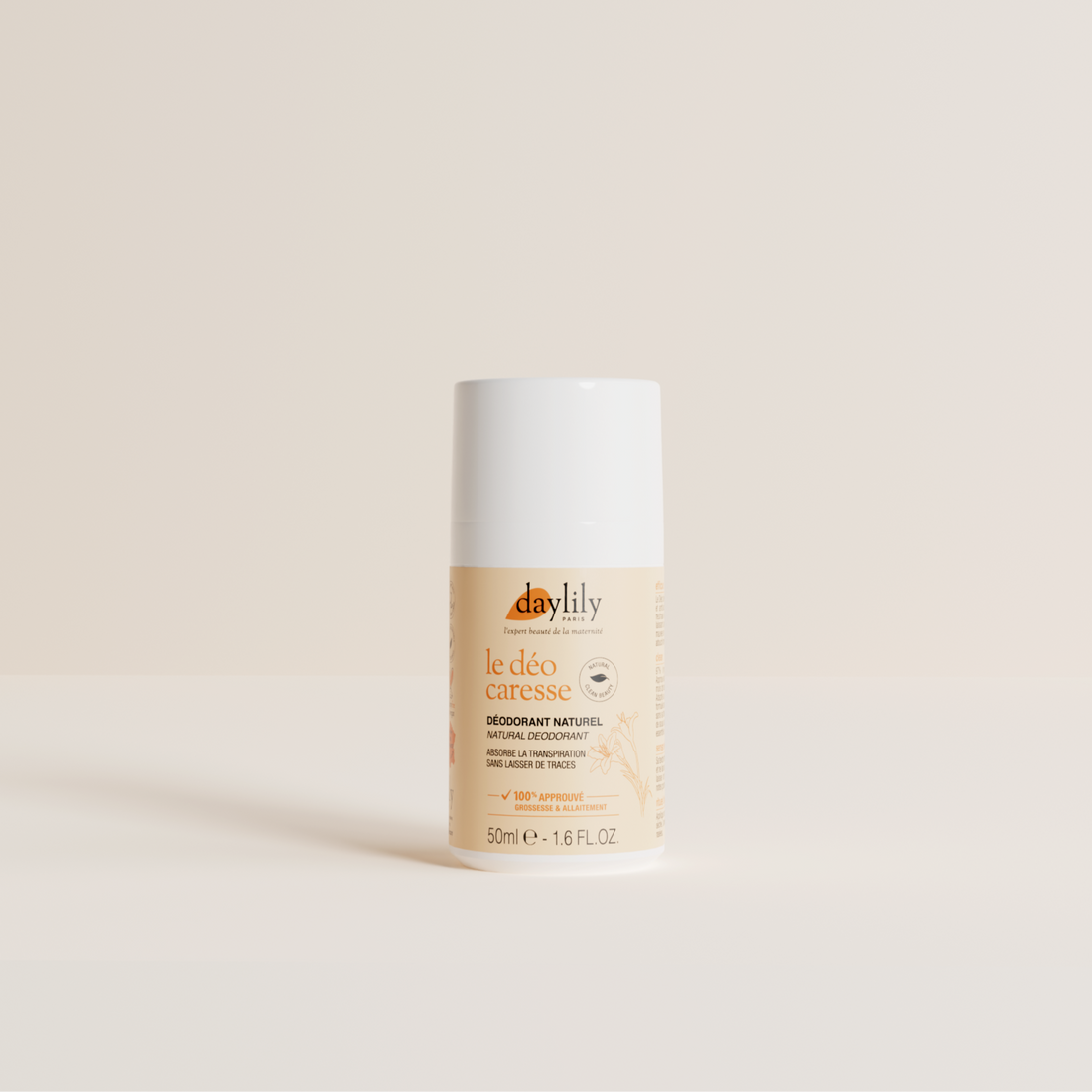
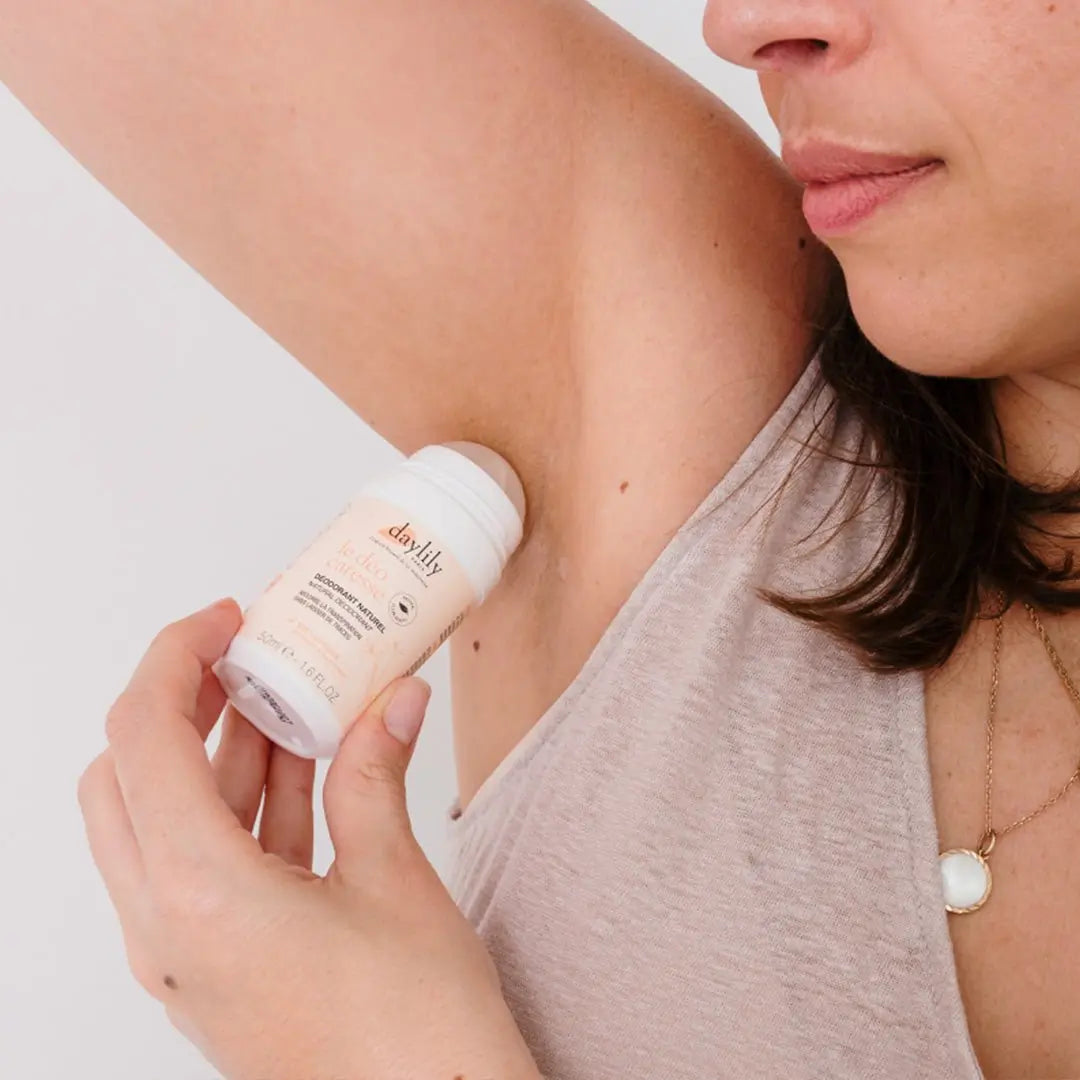
- Regular price
-
9,90 € - Regular price
-
- Sale price
-
9,90 €
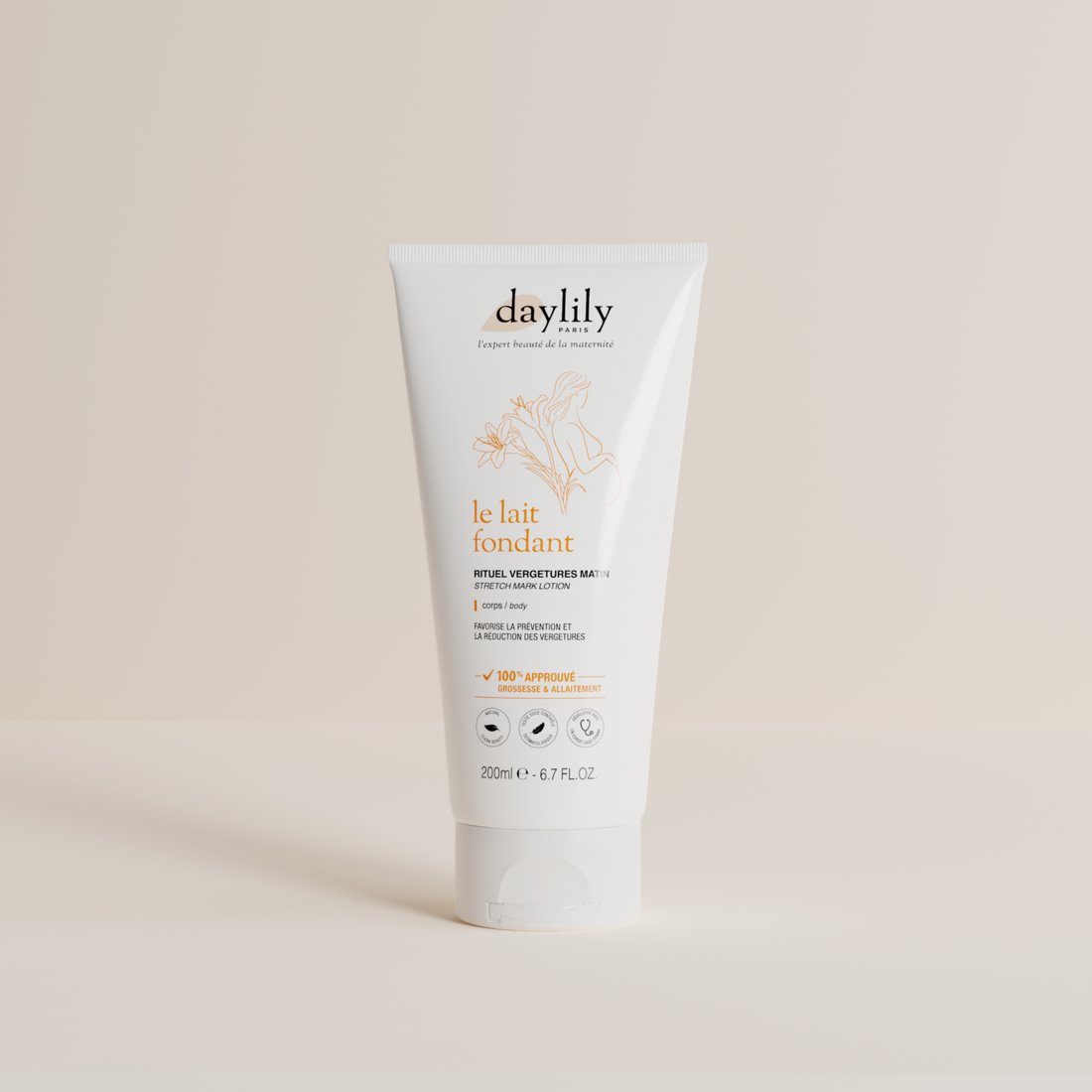
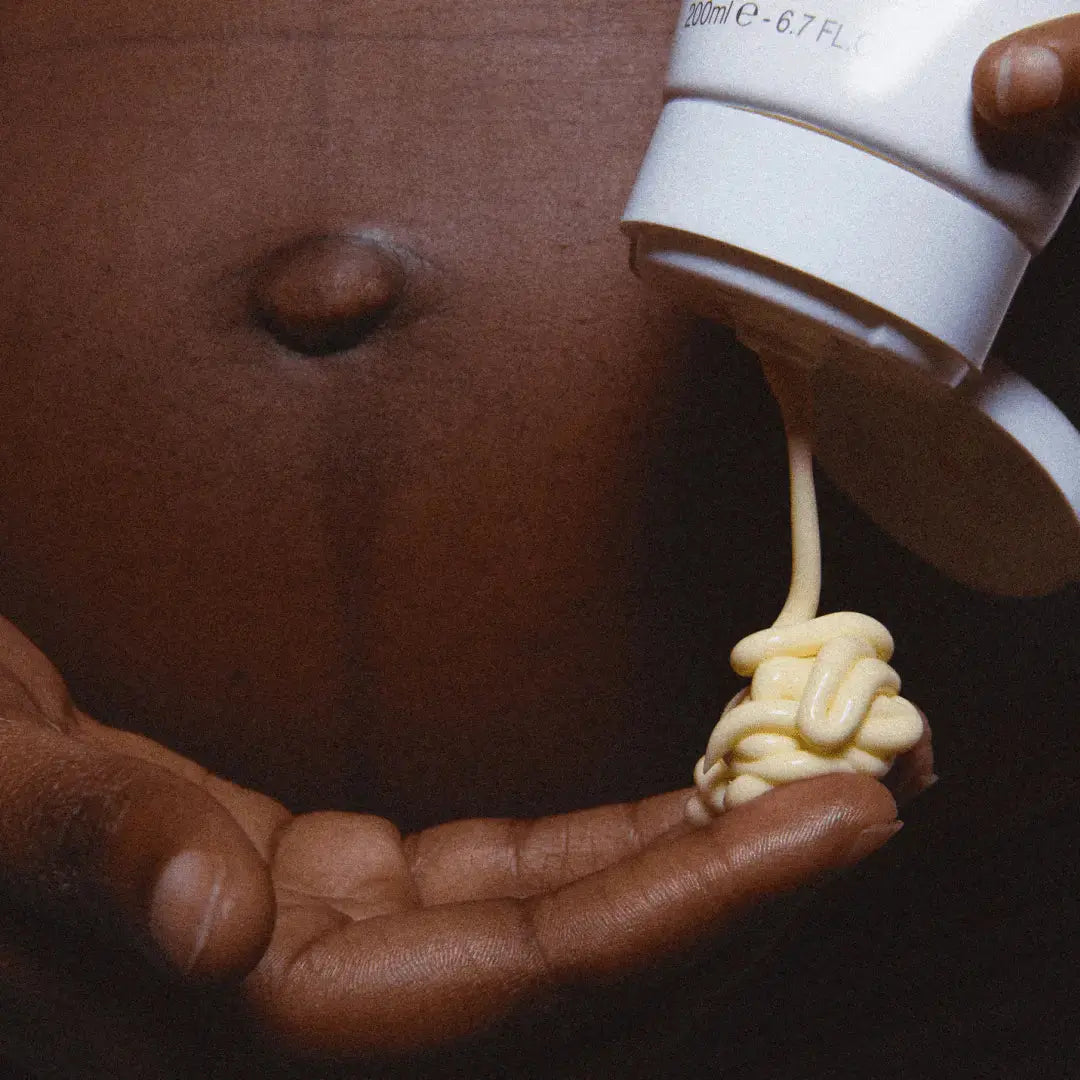
- Regular price
-
27,90 € - Regular price
-
- Sale price
-
27,90 €
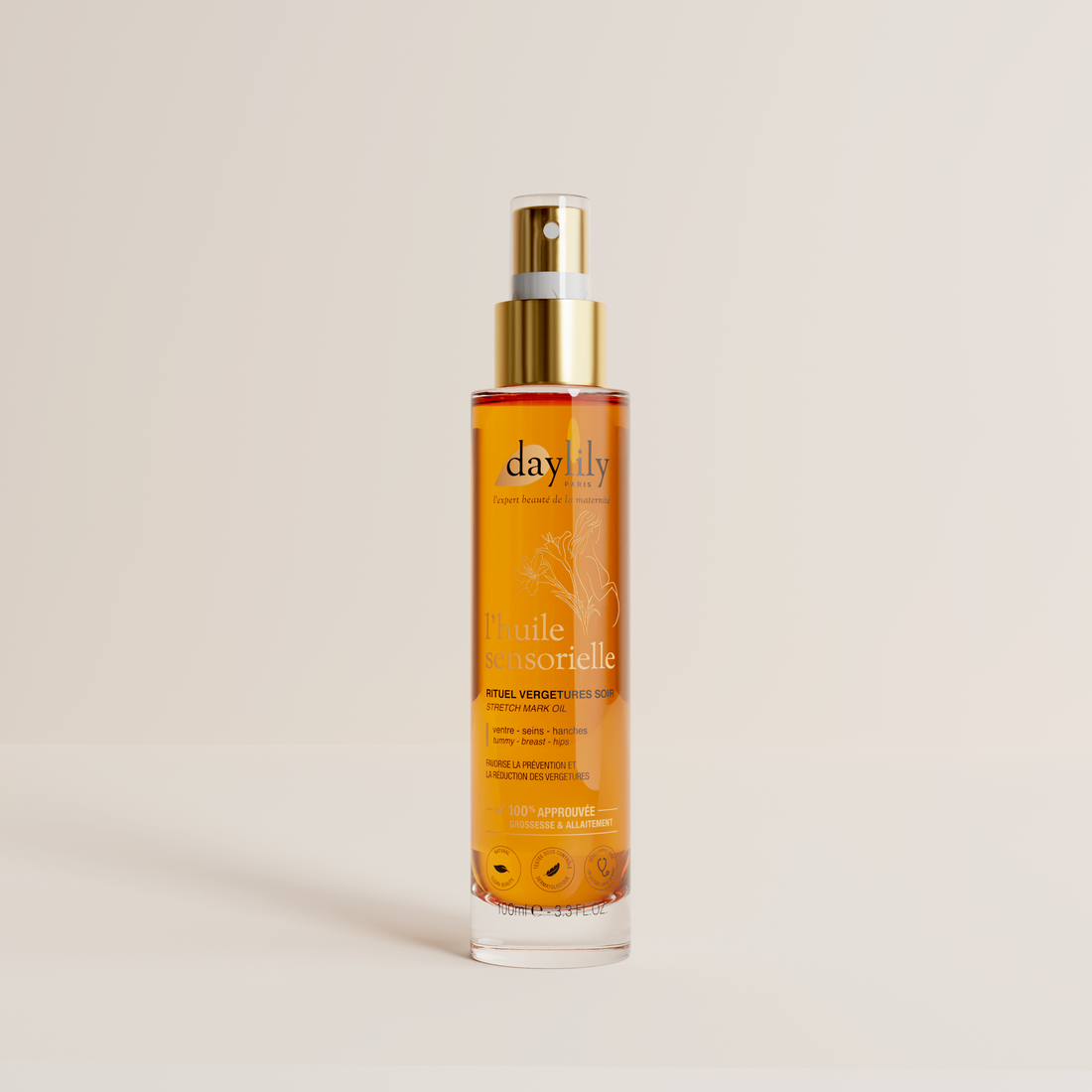
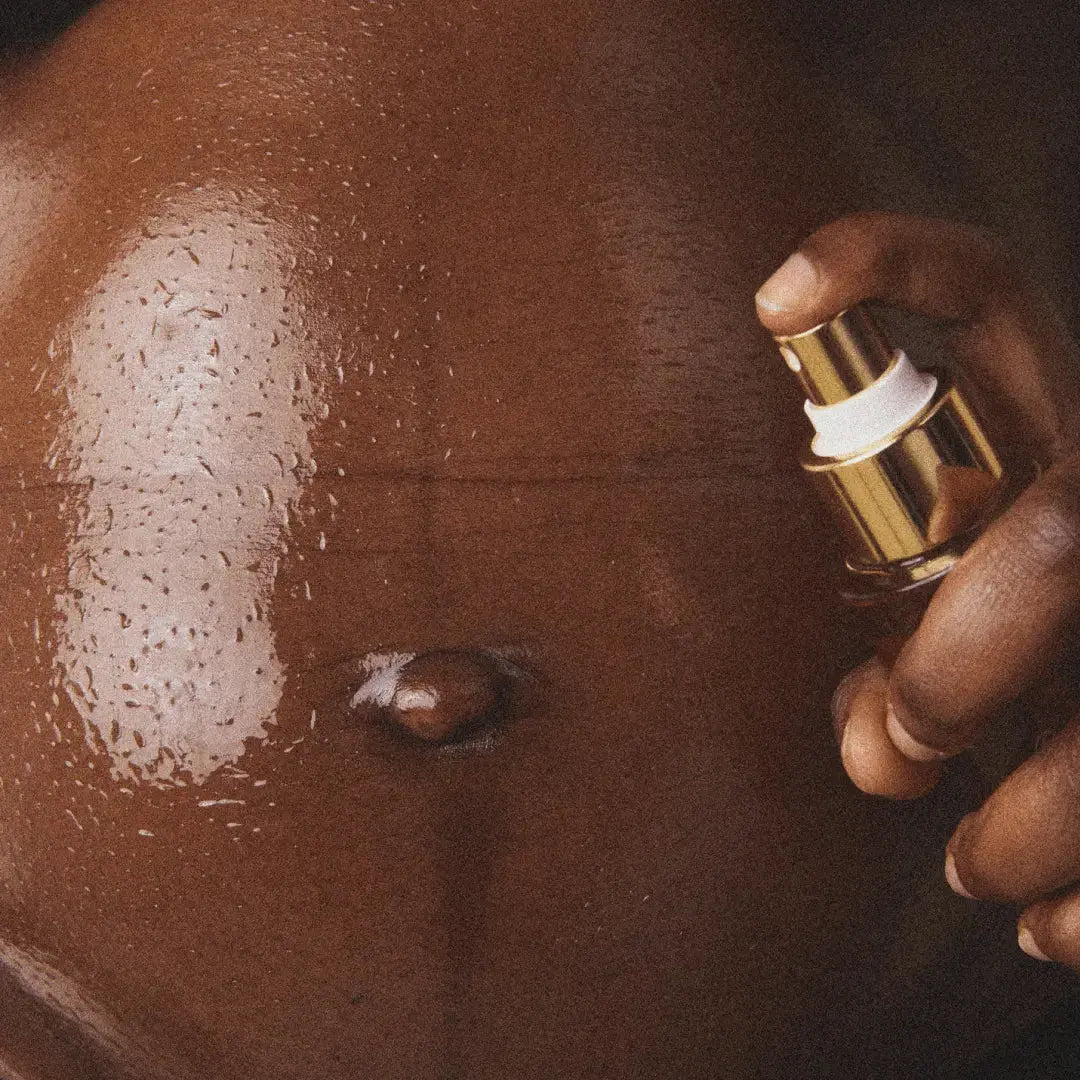
- Regular price
-
28,90 € - Regular price
-
- Sale price
-
28,90 €
